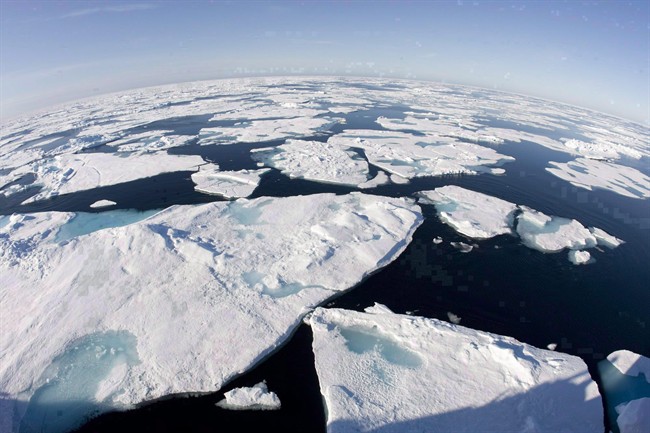For centuries, explorers have tried – and failed – to traverse the Arctic, as a shortcut between Asia and Europe.

The Northwest Passage, a sea route through the Arctic Ocean, connects the Atlantic and Pacific.
In the past decade, thick ice that once prevented marine travel through the Passage has melted, opening up the possibility of the Passage being used as a trade route.
“Higher temperatures have meant that for the past few years the Arctic sea ice has virtually disappeared from the Northwest Passage,” wrote Canadian journalist and adventurer Cameron Dueck in his article “Icebreak.” Dueck sailed the Northwest Passage in 2009 to learn how climate change was impacting Inuit communities.
In 2006, a cruise liner successfully traversed the Northwest Passage, aided by satellite images that showed the locations of ice. In 2008, the Canadian Coast Guard confirmed that, for the first time, a commercial ship had sailed through the Passage.
Last summer, a ship carrying coal sailed from Vancouver to Hamburg, Germany, through the Northeast passage on the Russian north coast, author of a forthcoming book on international law and the Arctic Michael Byers told Global News.
Now, a Chinese container ship is making history, becoming the first commercial ship from China to traverse the Northeast Passage, also called the Northern Sea Route.
The shipping route runs along the Russian Arctic coast, connecting the Atlantic and Pacific Oceans.
The 19,000 tonne cargo ship is sailing from China’s northeast coast to Rotterdam. Taking the Northeast Passage is expected to shave 13 days off the voyage. Normally, ships would have to travel from Asia to Europe through the Suez Canal – a trip that takes around 48 days.
These trips are an indication of what the future in the North might look like.
It is expected that interest in using both the Northwest and Northeast Passages as a transit route will only continue to grow – but experts warn that Canada may be falling behind its eastern counterparts.
Read more: Harper’s trip to Arctic highlights deficiencies in Canada’s Northern strategy
“Countries and companies around the world are looking at Arctic countries as potential sites of investment, as potential partners in cooperation on things like international shipping and environmental management,” said Byers.
“And they’re not seeing a partner in Canada.”
Despite promises made by Harper in 2007 – including offshore patrol ships and a deepwater facility at Nanisivik – Canada does not have one deepwater port in the high Arctic. Russia, meanwhile, has 16.
Byers said that investors are turning to countries like Norway, Greenland, and Russia “because of the willingness of political leaders there to spend the money necessary to enable commercial activity on a large scale.”
Watch the full interview with Byers below:
The broken promises and lack of development in Canada’s North, some argue, are leaving us trailing behind other world powers.
“At this stage, we’re not really in the game,” said John Higginbotham, a Carleton University professor and former assistant deputy minister for Transport Canada.
“The marathon started some time ago, but we haven’t sent in our application yet.”
Higginbotham said that, while the Arctic is a clear priority to Russian president Vladimir Putin, he doesn’t see any indication of that in Canada.
“The opening of the Arctic, I think, Putin sees as one of his half-dozen highest priorities in terms of restoring Russian greatness. I’m pretty familiar with what an active strategy to use transport to drive development looks like, and I don’t see any sign of that in either the U.S.A. or Canada,” he said.
Check out the interactive below comparing marine trade routes and estimated travel times (courtesy of Global News’ Leslie Young):
*With files from The Canadian Press




Comments